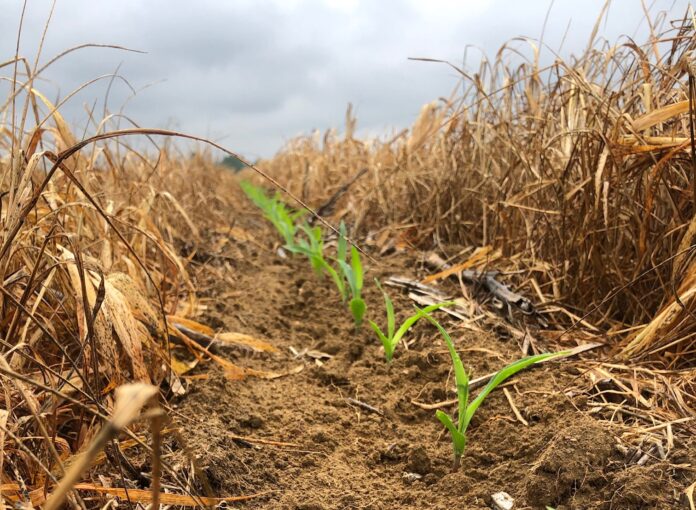AUBURN UNIVERSITY, Ala.—These are unprecedented times. Large companies are closing doors and sending their employees home to work. Small businesses are shipping inventory out of home garages. Despite the myriad of hardships faced as a result of COVID-19, the world keeps turning. While demand for agricultural products remains high, farmers on every scale are working to balance the rush of spring planting with healthy workers and work environments.
Alabama Cooperative Extension System economist Max Runge said the effects of COVID-19 have cast a bleak shadow on the row crops outlook for the 2020 season. The commodity price outlook for Alabama crops has variable costs being at or below cost of production. Producers will need to prioritize and analyze their inputs and management practices closer than ever before.
Prospective plantings
The U.S. Department of Agriculture’s National Agricultural Statistics Service (NASS) released the regional and national prospective plantings numbers on March 31. This survey is based primarily on surveys taken the first two weeks of March. These numbers are always subject to change as the year—and growing season—progress. However, 2020 may see larger than typical differences in the prospective acres planted and actual acres planted.
Acreage numbers for corn and soybeans are up across the country, as cotton acreage hangs steady at 13.7 million acres—down less than one percent from 2019. The wheat planted area is forecasted at 44.7 million acres, down one percent from 2019. This wheat acreage represents the lowest planted area on record since 1919.
In Alabama, corn, peanuts and winter wheat are on track to exceed the planted acreage recorded in 2019. With an estimated 370,000 acres, corn is up 16 percent from 2019. If these numbers hold true, this will be the most corn acreage recorded in Alabama since 1985. Estimated acres of peanuts are up three percent from 2019 at 165,000 acres. Winter wheat acreage is also on the rise as producers intend to plant 150,000 acres—up 15 percent from 2019.
While cotton and soybean acreage in the state is expected to be lower, the numbers are still relatively close to acreage planted in 2019. Producers intend to plant 260,000 acres of soybeans, only a two percent decrease. Cotton intentions are also down two percent. However, those numbers still stand around 530,000 acres.
Producer considerations
As Alabama farmers move forward into the planting season, Runge said producers, their families and employees’ health and wellbeing should be the farm’s first and foremost concern. He also said another important aspect is to set a yield goal for each crop and by field if possible.
“Setting a yield goal is more than just picking a number,” Runge said. “What will it take for your farm to achieve this goal and is it profitable?”
Other considerations include:
- Variety selection. With the expectations of low commodity prices, what traits can you afford? How does this relate to the yield goal?
- Soil testing. Having an understanding of a field’s fertility level provides a look at ways to meet a yield goal. If nutrient levels are adequate, reducing fertilizer may help reduce costs.
- Planter and sprayer calibration. Seed and chemicals are expensive. Take care not to apply too little, too much or inconsistently.
- Scouting and timeliness. Scout early and often. The most economical time to control weeds is when the plants are small.
- Pest thresholds. Know the economic thresholds of insects and diseases.
- Communication with neighboring farmers. Keep in contact with other producers regarding any pests and plant diseases they may observe so your team can watch for those as well.
- Calculate and understand the cost of crop inputs. If a pest needs control applications, what will it cost and what is the benefit?
- Plan and prioritize. While it simply isn’t feasible to account for all situations or issues, what are some of the common issues faced on-farm, such as too much or too little rain?
More information
Read more about the NASS survey findings by visiting the USDA online. More recommendations, including row crop and horticulture budgets, are available on the Alabama Extension Farm Management page. For more information, contact a member of the Farm and Agribusiness Management team.




























